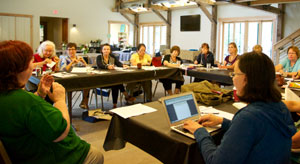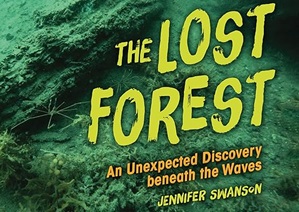 Special thanks to Barbara Kerley (barbarakerley.com) for this blog post!
Special thanks to Barbara Kerley (barbarakerley.com) for this blog post!
When writers talk about “theme,” they are usually discussing a work of fiction. The theme of a novel is the ‘big idea’ explored by a cast of characters; it’s the ‘so what’ of the story. Loyalty. Sacrifice. Truth. Determination. We learn something about these big ideas by following a character’s experiences over the course of the novel. As the character changes over the arc of the story, we follow right along and are changed, as well.
Theme is at the heart of a novel. But strong works of narrative nonfiction also explore a clear theme. Just like a novel, narrative nonfiction tells a story. (The difference being, of course, that when you write narrative nonfiction, you can’t make anything up!) A character has a goal and takes actions to achieve it. A character cares about something. Real people. True events. And still—a story that explores a bigger idea and teaches us something, as well.
A great way to gain a better understanding of how ‘theme’ functions in a work of narrative nonfiction is to first read the front flap of the book. Oftentimes, the book’s theme or themes are spelled out, right there.
Then, see how this theme is brought to life in the pages of the book. What character details does the author include? What goal does the main character strive for and why does it matter if s/he achieves it? Character details, a specific goal, specific actions, even sensory details—all are building blocks in support of a theme.
Read the flap. Read the book. Reflect.
Repeat.






